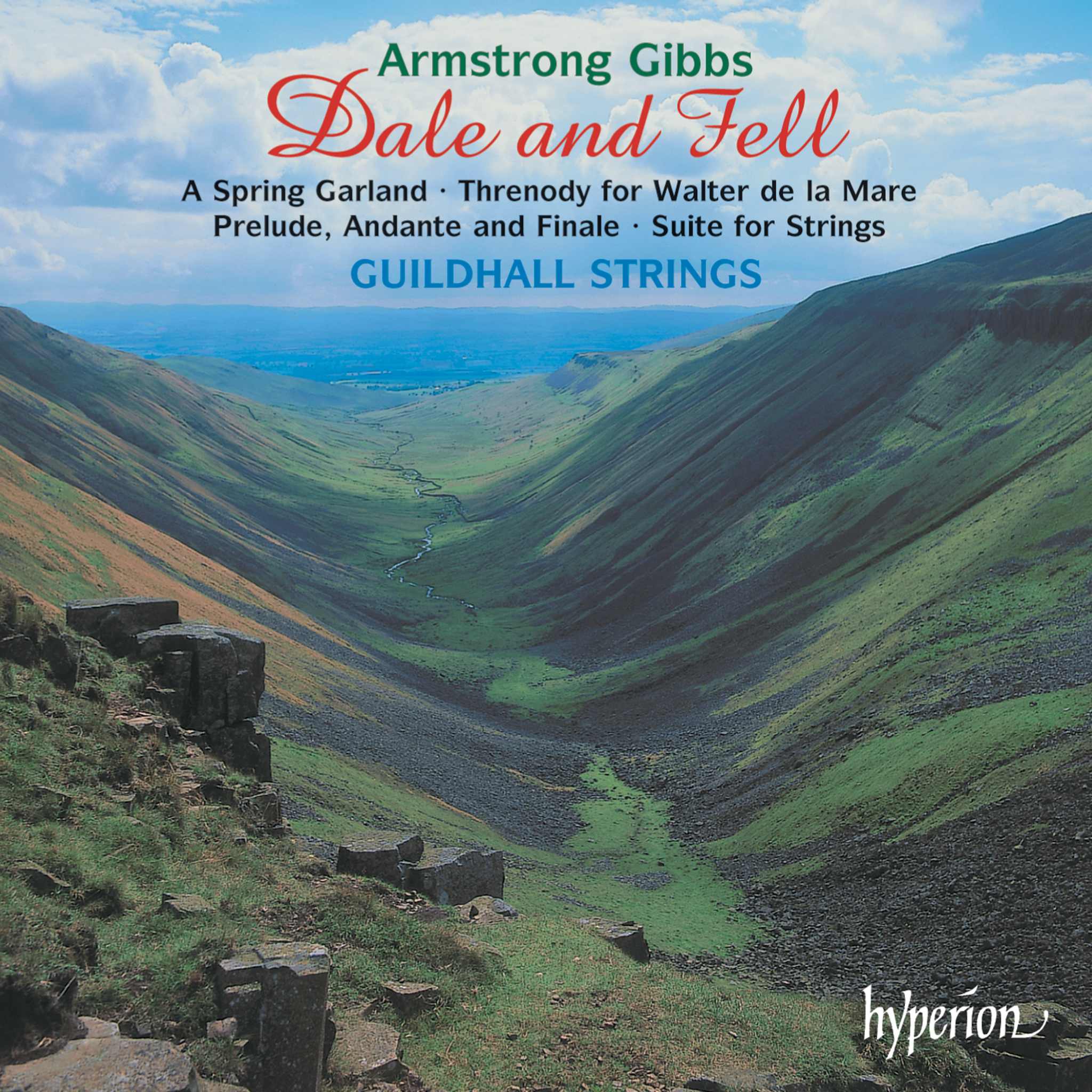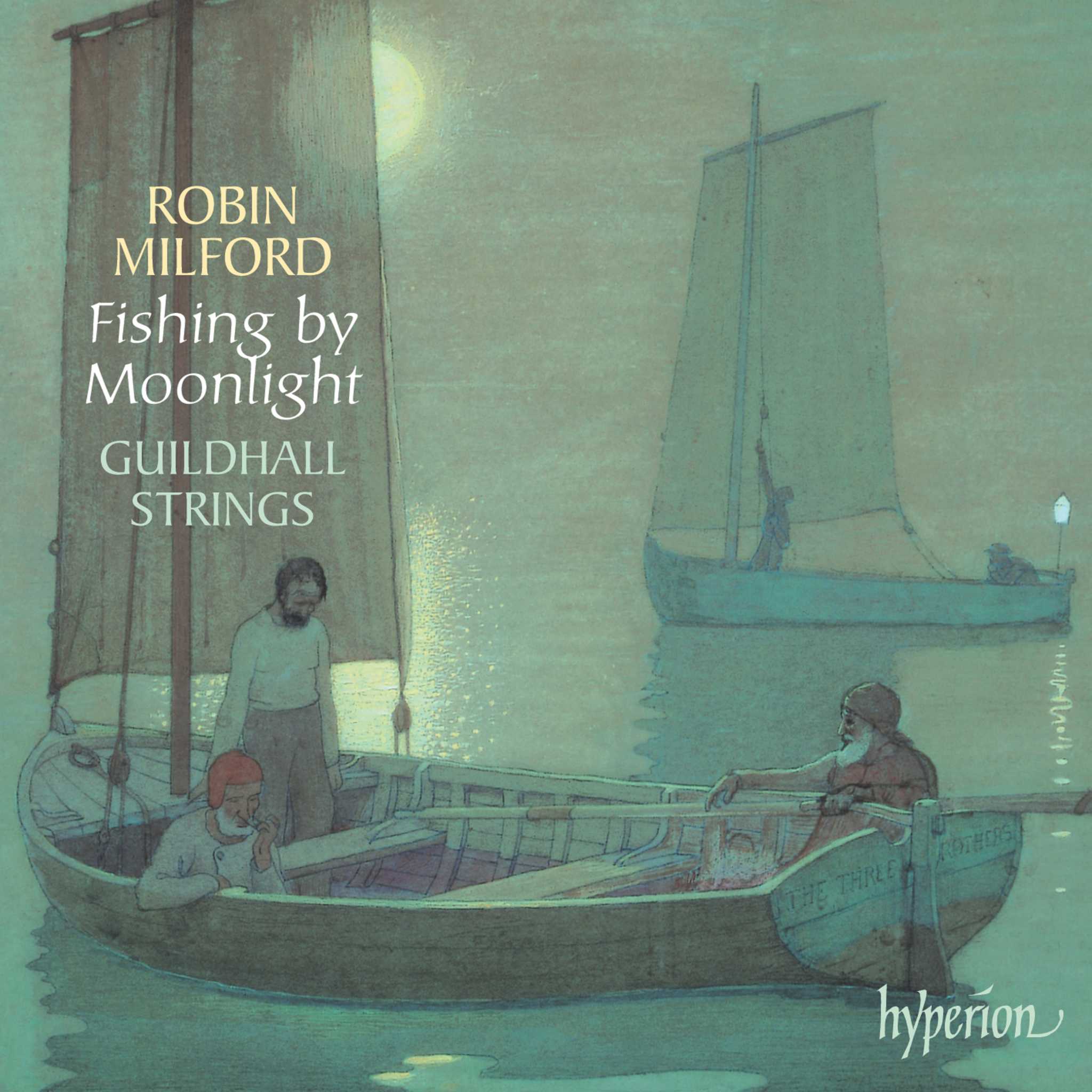Album insights
Franz Liszt, eine herausragende Figur der Romantik, vertrat die Ansicht, dass Virtuosität ein grundlegendes Element der Musik darstellt. In den 1830er Jahren, als Liszt seinen triumphalen Weg durch Europa antrat, erlebte das Virtuosentum seine Blütezeit, teilweise angeregt durch die außergewöhnlichen Fähigkeiten von Paganini. Die musikalische Landschaft dieser Epoche wurde von Künstlern wie Hummel, John Field, Frédéric Kalkbrenner und Ignaz Moscheles geprägt. Aus dem Rheinland stammend, galt Ferdinand Ries als einer der bemerkenswertesten Klaviermeister seiner Generation.
Die musikalische Entwicklung von Ries wurde maßgeblich von Beethoven beeinflusst, seinem berühmten Mentor, der interessanterweise zuvor Unterricht bei Ries' Vater erhalten hatte. Nach seiner Ankunft in Wien begann Ries Klavierstudien unter Beethovens Leitung und erweiterte sein Wissen durch Unterricht bei Johann Georg Albrechtsberger. Obwohl Ries' Talent früh erkannt wurde, vergingen mehrere Jahre, bis er als komponierender Virtuose Anerkennung fand. Nach verschiedenen Ortswechseln und Reisen etablierte er sich schließlich in London, wo er Konzertreisen mit kompositorischem Schaffen verband und eigene Werke zur Aufführung brachte.
Nach seiner Rückkehr nach London präsentierte Ries zahlreiche seiner Kompositionen bei den Philharmonischen Konzerten. Seine Werke spiegelten zwar Beethovens Einfluss wider, zeichneten sich jedoch durch eigenständige, innovative Klavierfigurationen aus. Sein Klavierkonzert "Gruss an den Rhein" stellt ein begeisterndes Werk dar, das besonders durch originelle Holzbläserarrangements besticht. Trotz erkennbarer Anklänge an Beethovens musikalische Sprache überzeugt Ries durch eigene kreative Ansätze und harmonische Modulationen.
Das Klavierkonzert Nr. 8 "Gruss an den Rhein" vereint lyrische und dramatische Motive mit einer beeindruckenden Klavierbehandlung. Im Kontrast dazu steht das folgende Klavierkonzert Nr. 9 mit seiner dunkleren Atmosphäre und bemerkenswerten Erfindungsgabe. Auch in diesen Werken demonstrierte Ries seine Meisterschaft in Komposition und Interpretation, wobei er dramatische Elemente geschickt in romantische Strukturen einzuweben verstand.



